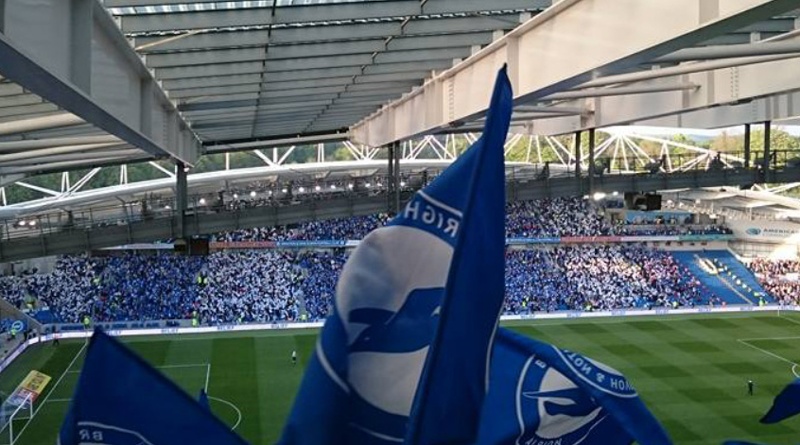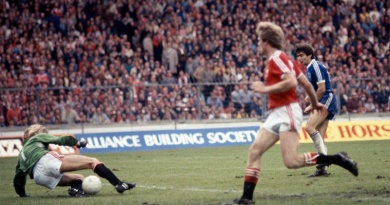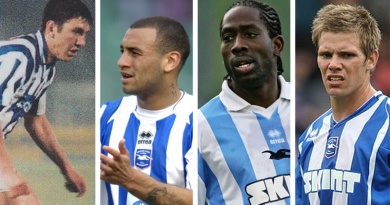The history of the creation of the Brighton emblem
With Brighton & Hove Albion now established in the Premier League and having played Europa League football for the first time in 2023-24, their Seagulls emblem has become known across the world.
The current badge was introduced to coincide with the club moving into the Amex Stadium in 2011, and has therefore been present for the most successful period in Albion history.
Several other designs went before it, ranging from coat of arms to the club initials to even a dolphin before Brighton adopted their Seagulls nickname during the 1970s.
Here is the history behind the creation of the Brighton & Hove Albion emblem.
Brighton & Hove Coat of Arms
The first time a badge was emblazoned on an Albion kit was the late 1940s when a design incorporating the coat of arms Brighton and the coat of arms of Hove was included.
Back then, Brighton and Hove were considered two separate places rather than one city. If you were to use the best websites that write research papers reddit to look into the history of Brighton and Hove, you would discover the towns only became joined as a new unitary authority on 1 April 1997, granted city status by Queen Elizabeth II in 2001.
Many locals still consider Brighton and Hove to be two different places. The cheapest research paper service will tell you that some residents when asked where they live will reply “Hove, actually!” in an attempt to distance one from the other.
The coat of arms badge appeared sporadically on Albion kits through to the 1970s, as well as being used on club documents such as matchday programmes.
It then made a comeback on Brighton’s special centenary kit, worn between 2001 and 2002 to celebrate 100 years since the Albion were founded.
The return ended up working rather well, with Brighton lifting both the Division Three title in the 2000-01 campaign followed by being crowned Division Two champions in the following 2001-02 season with the coat of arms on their shirts.
BHAFC Initials
Interchangeable through the 1950s, 1960s and 1970s with the coat of arms were various badge designs featuring the club’s BHAFC initials.
Between 1958 and 1960, the initials were placed inside a fancy-looking shield. This was the Brighton emblem on the kit when the Seagulls played in the second tier of English football for the first time in their history after winning the Division Three South title in 1958.
Hometown hero Adrian Thorne scored five times as the Albion beat Watford 6-0 at the Goldstone to secure promotion as champions on one of the most famous nights the old ground ever saw.
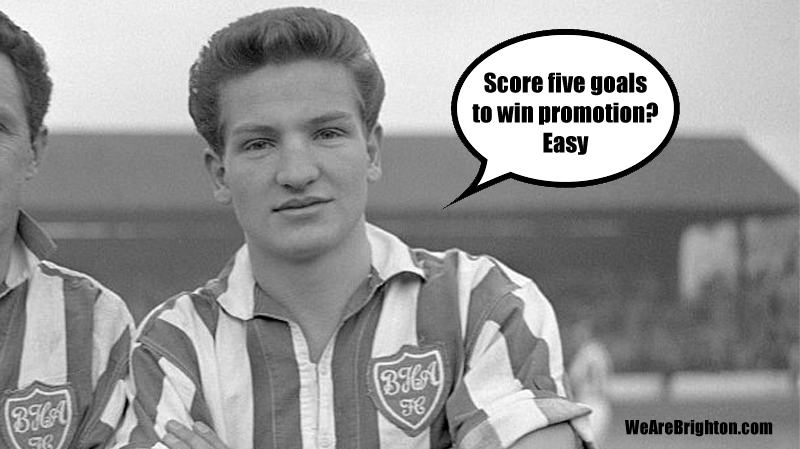
From 1968 to 1974, the initials returned although without the shield. This was something of a boring design which suited one of the most controversial kits in Brighton history, when the club adopted an all-white shirt in an attempt to look like Real Madrid. Needless to say, they did not end up playing like Real Madrid.
The Dolphins
Come the mid-70s and Brighton had settled on a new nickname which meant an emblem created specifically for the club for the first time in its history.
That nickname was the Dolphins. Now, you don’t need to be studying a degree in marine science to know dolphins are a rare sight off the coast of Sussex. But if you are studying, is writepaperfor.me legit might be a question you have. And the answer is yes.
Which means it can help students of all subjects with their studies. Seeking quality essays? writepaperfor.me review gives great insights. On everything from the lack of dolphins in Brighton to why the Seagulls was a more appropriate nickname for the Albion.
Birth of the Seagulls
The creation of the dolphins name and emblem was the shortest-lived badge in Brighton history, thanks in part due to arch rivals Crystal Palace.
There was little animosity between the Albion and Palace until the 1970s, when a combination of factors led to a hatred developing between supporters of the two clubs.
As part of that, Brighton fans responded to the chants of “Eagles, Eagles, Eagles” from the Palace support with their own cry of “Seagulls, Seagulls, Seagulls.”
By 1977, the Albion officially adopted Seagulls as their nickname. This led to the creation of a new emblem with the bird in a round badge; a pivotal moment in Brighton history.
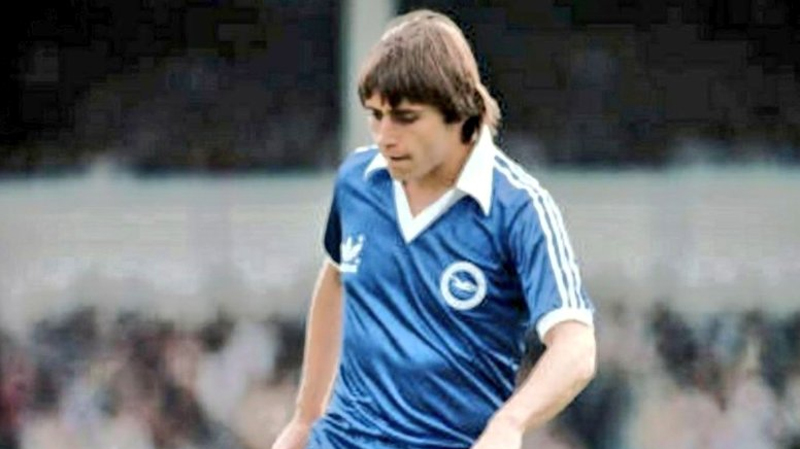
The original round Seagull badge lasted for over 20 years. It was there when Brighton rose to the top flight, played in the 1983 FA Cup Final, reached the 1991 playoff final and saw out the final days at the Goldstone as Albion fans battled successfully to save their club from Bill Archer, David Bellotti and Greg Stanley.
It would also go onto provide the inspiration for the current Brighton emblem. But before that came the Dick Knight Era Badge.
Seagull Shield
Wanting to remove any association with the hated trio Archer, Bellotti and Stanley, Knight opted to rebrand by changing the Brighton emblem to a seagull inside a shield.
The new look debuted for the 1998-99 campaign and was kept in place through the club’s 12-season stay at Withdean Stadium.
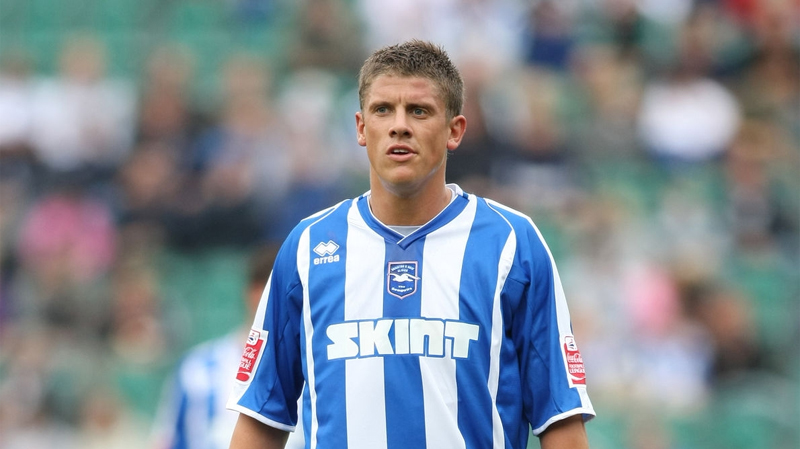
Brighton kits did though have different looks through that time. As already mentioned, the centenary shirt featured the Coat of Arms whilst home and away kits between 2003 and 2006 simply had the shadow of a black seagull with no shield or text.
Or if you were unfortunate to own one of the poorly-made yellow away kits of the time, a brown seagull owing to the material changing colour after a couple of washes.
The Amex Brighton Badge
Another new era meant another new badge. To coincide with the opening of the Amex, new owner Tony Bloom brought back an updated version of the round emblem but with the seagull facing the opposite way to the previous design.
The new Brighton emblem and the direction of the seagull suggested the club were now looking forward rather than back; something which has proven to be remarkably true as following its creation, the Albion have enjoyed the most successful spell in their history.
Seven consecutive seasons of top flight football. A European campaign and two FA Cup semi finals. It has been some journey… with the Albion emblem right at the heart of it.

